Caring for Your Chasen the Japanese Way
The Secret to Better Matcha? Start with Your Whisk
If you’ve ever admired the frothy top of a perfectly whisked bowl of matcha, you’ve already seen the magic of the chasen (茶筅) in action. This humble bamboo tool carved from a single piece of wood by skilled artisans is the heart of the Japanese tea experience. While most people focus on the matcha powder or water temperature, there’s one detail often overlooked: how to clean and care for your matcha whisk.
Neglecting your chasen can lead to brittle tines, unwanted mold (kabi カビ), or warped shapes that affect your matcha’s texture and taste. With a few mindful steps, you can preserve your whisk’s beauty and functionality for many tea ceremonies to come whether formal or simply part of your morning ritual.

What Is a Matcha Whisk (Chasen)?
A matcha whisk or chasen is a traditional Japanese tool made from a single piece of bamboo, expertly carved into dozens (sometimes over a hundred) of delicate prongs. This unique construction allows the chasen to aerate matcha powder and water, creating the signature creamy foam that defines high-quality matcha. Japanese tea ceremonies have relied on the chasen for centuries, with each whisk reflecting the artistry and mindfulness at the core of tea culture.
Why Proper Cleaning Matters
- Prevents mold and bacteria from forming in the bamboo’s porous surface
- Maintains the flexibility and shape of the tines, ensuring a smooth froth
- Extends the lifespan of your whisk, saving you money and preserving tradition
- Protects the delicate flavor of your matcha from unwanted residues or odors
Step-by-Step: How to Clean a Matcha Whisk
1. Rinse Immediately After Use
After whisking matcha in your chawan (茶碗, tea bowl), avoid letting matcha particles dry and cling to the whisk. Rinse it gently under warm water (nukumizu 温水), using your fingers to separate any clumps between the tines.
✧ Pro Tip: Never use soap or detergent the porous bamboo can absorb these, leaving an unpleasant taste in your next bowl.
2. Soak if Needed
If matcha has dried on the whisk, soak it briefly in warm water for 1–2 minutes to loosen residue. This is also an excellent pre-use step to hydrate the bamboo bristles, restoring their elasticity and preventing breakage during whisking.
3. Inspect for Residue
After rinsing or soaking, check for any remaining matcha stuck between the tines. If needed, use your fingers to gently dislodge stubborn bits never use a brush or abrasive tool, as this can damage the delicate bamboo.
4. Air Dry Gently
Shake off excess water, then allow the chasen to air dry in a well-ventilated area ideally upright on a chasen stand (kusenaoshi), which helps maintain its elegant shape. Avoid laying it flat, which may cause water pooling at the base and lead to mold or warping.
What Not to Do: Common Mistakes to Avoid
- ❌ Dishwasher or hot drying cycles
- ❌ Harsh scrubbing with brushes or metal utensils
- ❌ Storing in sealed containers or plastic packaging without airflow
- ❌ Using citric acid solutions, vinegar, or cleaning chemicals
These actions can cause the bamboo tines to become brittle, discolored, or mold-prone, taking away from both the beauty and function of the whisk.
Preparing Your Chasen Before Use
Traditional Japanese tea preparation begins with intention and that includes warming your tools. Before making matcha, soak your chasen briefly in warm water (about 30 seconds to 2 minutes) to soften the tines. This improves your whisking technique, allowing the whisk to glide more easily and create the signature foam and froth that characterizes well-made matcha.
What to Do: Tips for Keeping Your Whisk Clean
- ✅ Store in a cool, dry place
- ✅ Use a bamboo whisk holder or ceramic whisk stand to maintain shape
- ✅ Avoid placing near windowsills or stoves where humidity or heat fluctuate
- ✅ Allow it to air dry fully before putting away
- ✅ Never store in the original plastic cylinder packaging for long-term storage this can trap moisture and encourage mold
If you don’t have a whisk stand, let your chasen dry upright on its handle in a well-ventilated area, but be aware this may cause slight warping over time.

When Is It Time to Replace Your Matcha Whisk?
With proper care, a good-quality Japanese-made chasen can last several months to a year or more with regular use. But keep an eye out for these signs:
- Broken or thinning prongs
- Warped or loose tines
- Unpleasant smell or visible mould
- Inability to create a good froth
- Excessive shedding or splintering of bamboo
If you notice any of these, it’s time to invest in a new whisk to keep your matcha ritual at its best.
How Long Does a Matcha Whisk Last?
A well-cared-for chasen can last anywhere from 6 months to 2 years, depending on frequency of use and how carefully it’s maintained. Japanese-made whisks, especially those from renowned regions like Takayama in Nara, tend to be more durable and offer superior performance compared to mass-produced alternatives.
The Beauty of Ritual: Why It Matters
Caring for your chasen is about more than maintenance it’s about respecting the artistry behind your tools and the culture that created them. In Japanese tea culture (nihon no sadō 日本の茶道), every gesture is part of a mindful practice that honors harmony (wa 和), respect (kei 敬), purity (sei 清), and tranquility (jaku 寂).
When you clean your whisk gently, dry it properly, and store it well, you’re participating in that legacy even from a kitchen in New York, London, or São Paulo.
Using a complete matcha set, including a handcrafted chawan, chasen, and chashaku (茶杓, bamboo scoop), transforms a simple drink into a moment of intention and beauty—bringing a piece of Japan to your everyday life.
Final Whisks of Wisdom
- Never use soap or scrub hard gentle rinsing is key.
- Air dry upright on a whisk stand to prevent mold and keep the shape.
- Hydrate before use to soften the tines and improve frothing.
- Store in a dry, cool place not sealed or wet environments.
- Replace your chasen when prongs become broken or can’t create a froth.
Your matcha ritual is only as good as your tools and a well-loved chasen makes every bowl smoother, creamier, and more meaningful.
Embrace the Art of Care
From the delicate foam of a perfect matcha to the craftsmanship of a bamboo whisk hand-carved in Nara, every detail reflects centuries of tradition and artistry. By cleaning your chasen thoughtfully, you’re not just preserving a tool you’re nurturing a relationship with Japanese culture itself.
If you don’t yet own a proper matcha set, consider investing in a beautiful handcrafted chawan made by Japanese artisans. Shop our collection today!



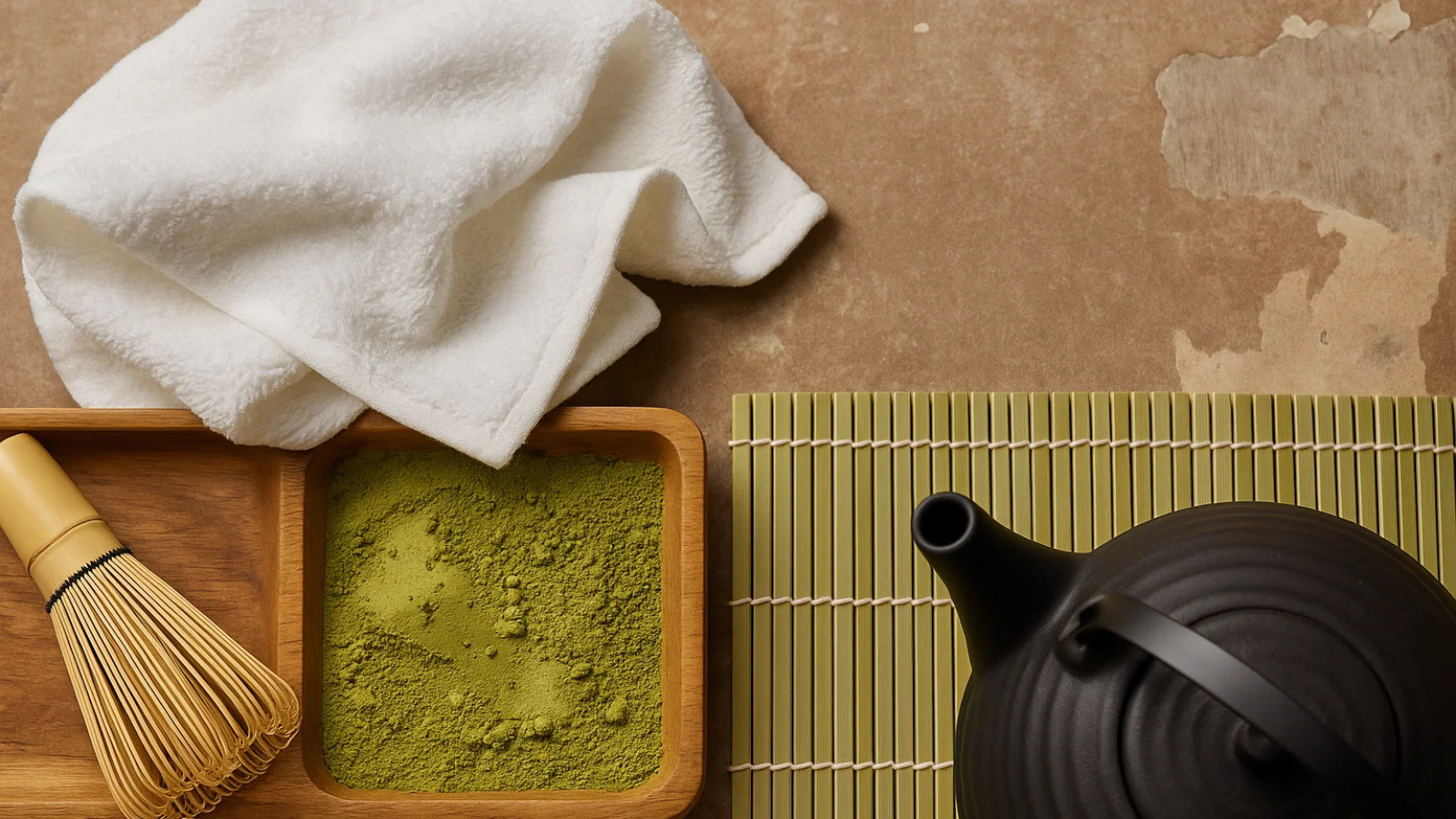
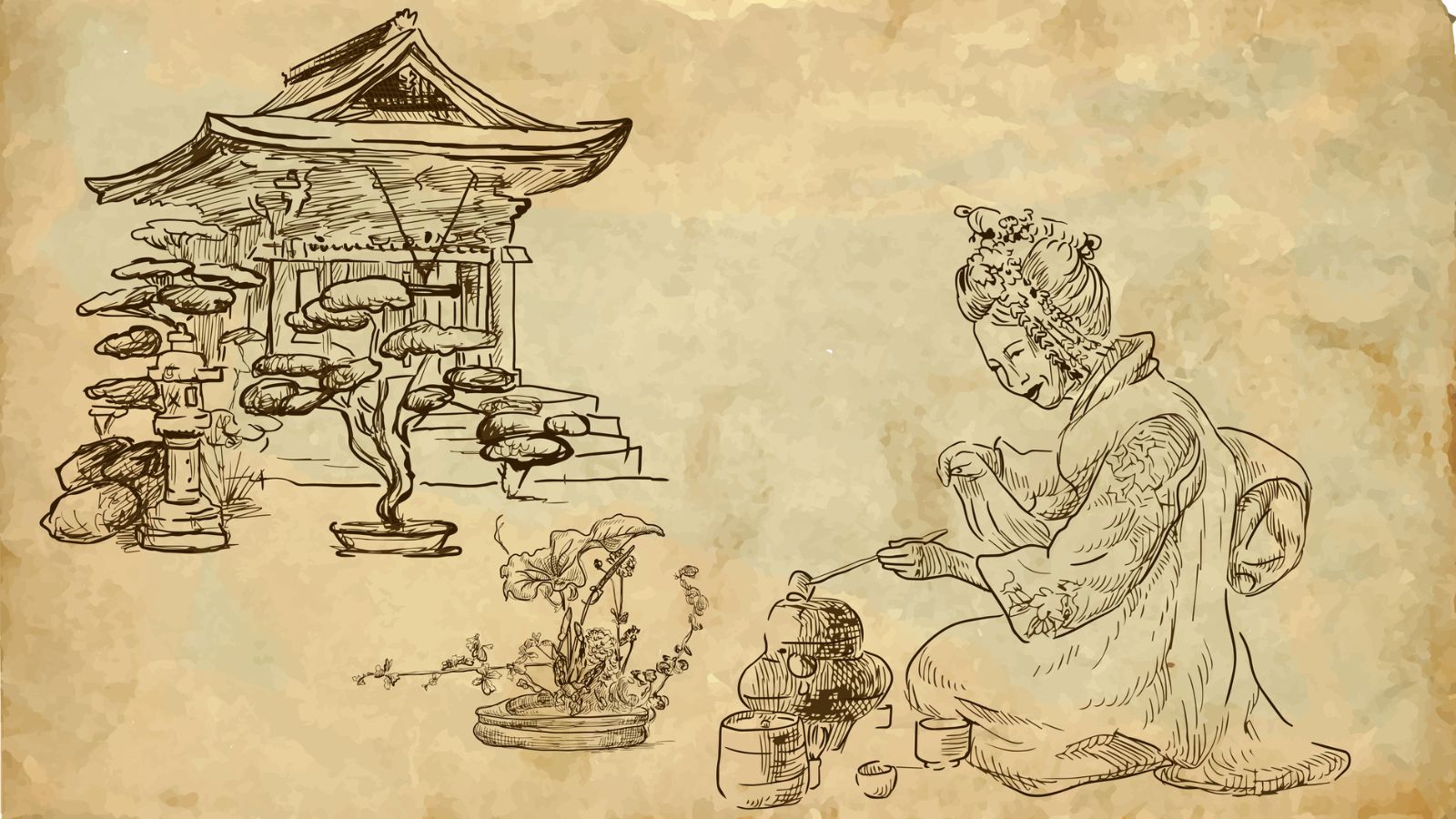
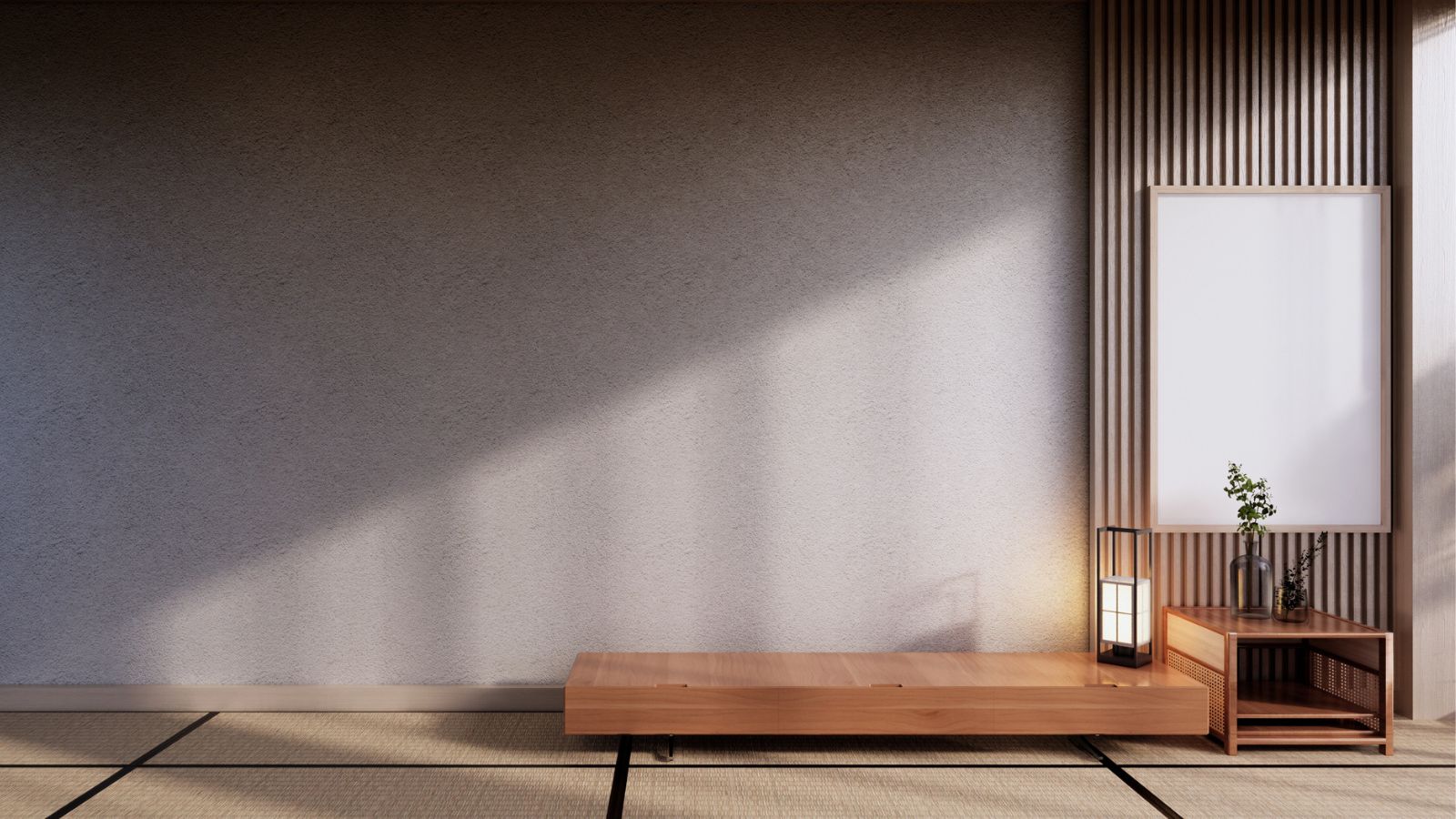

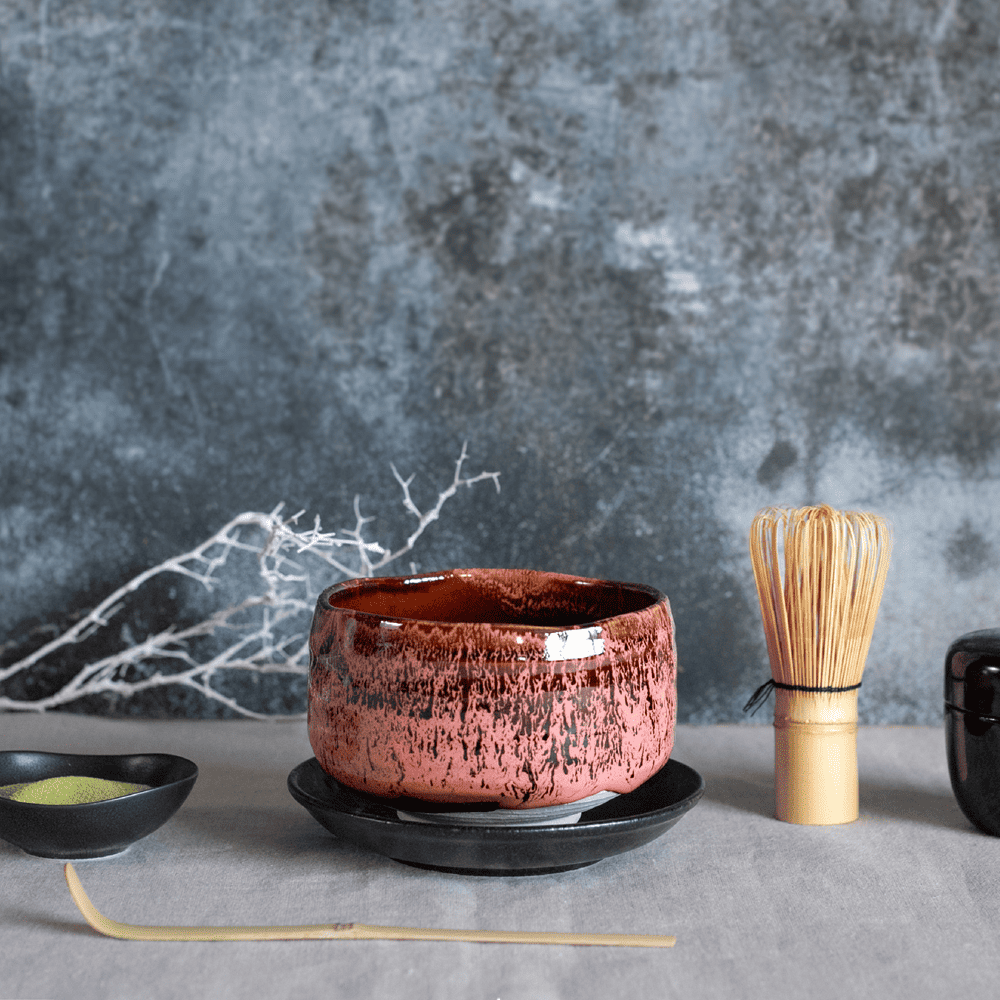
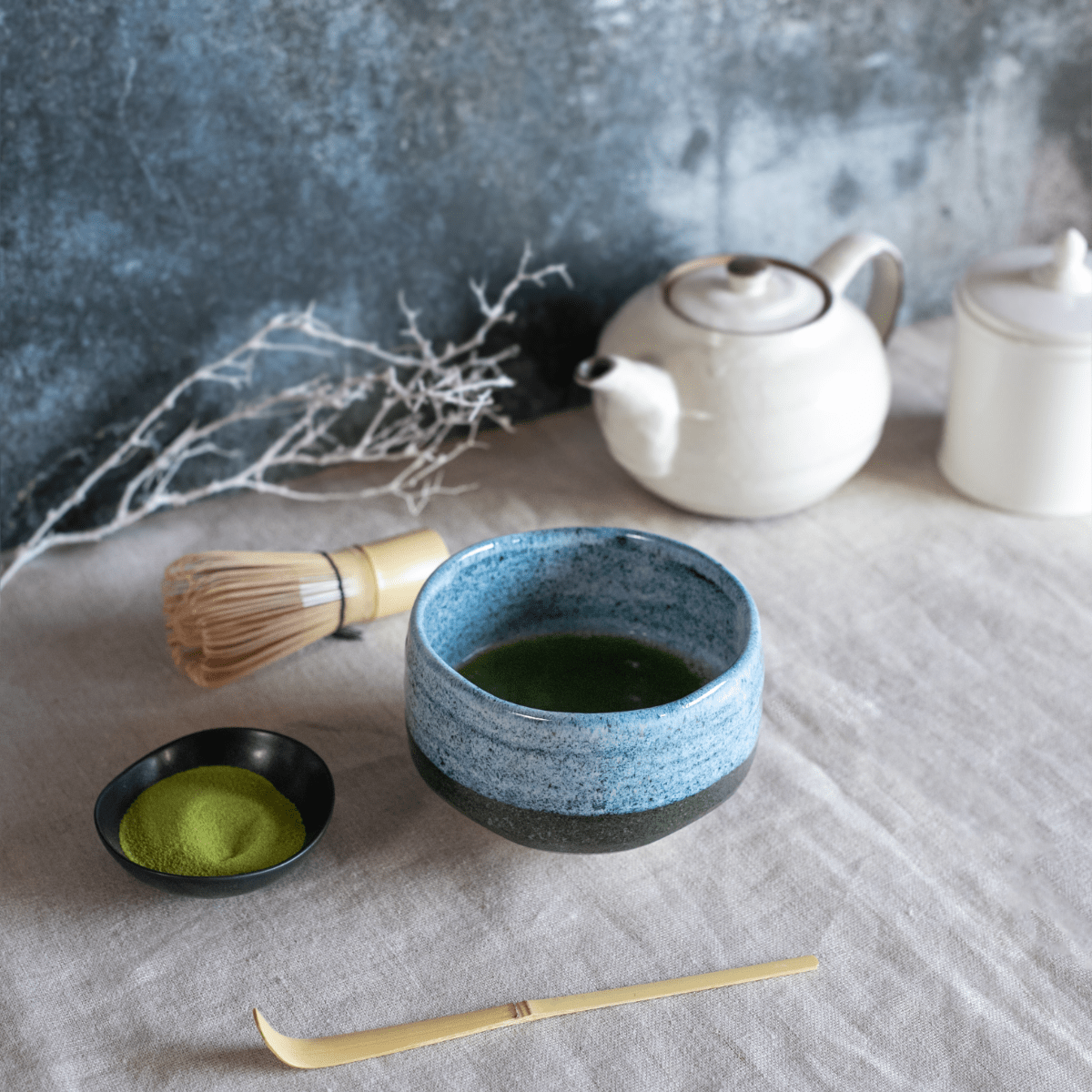

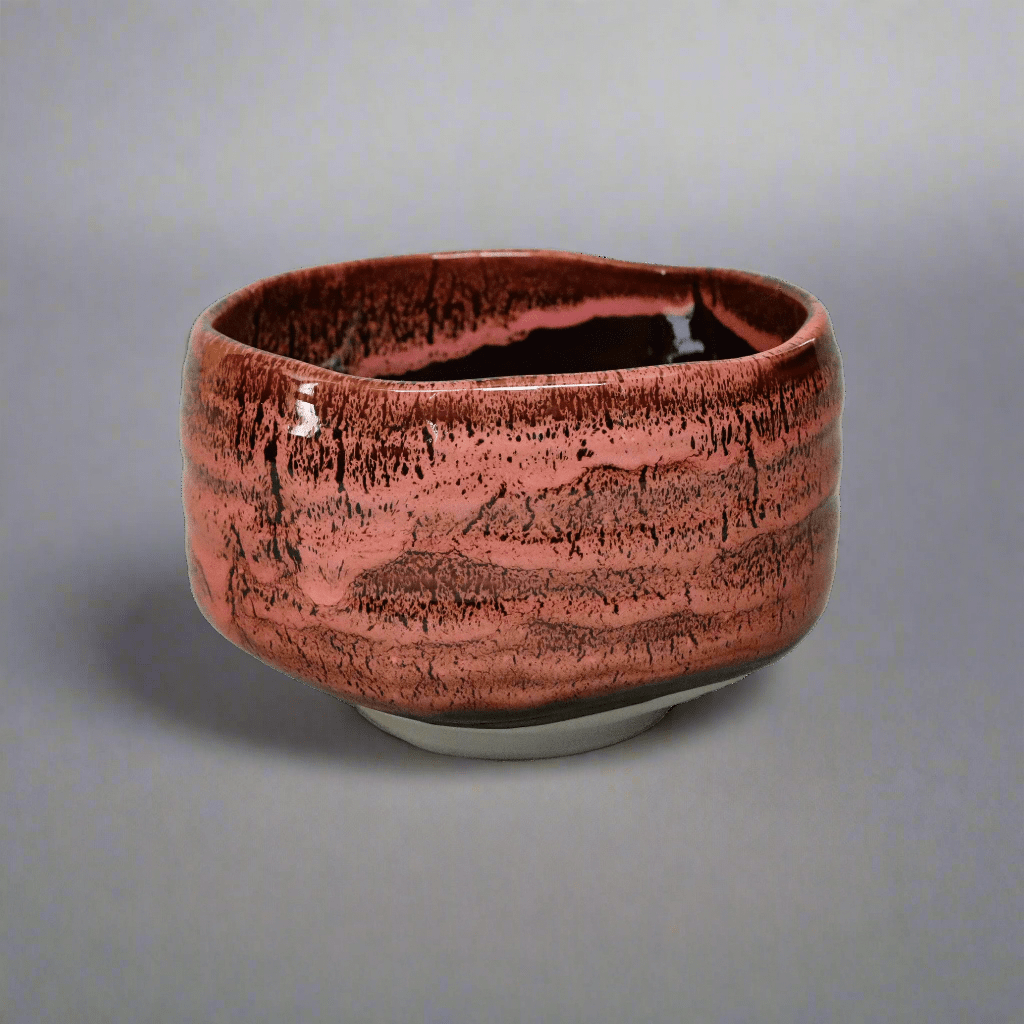
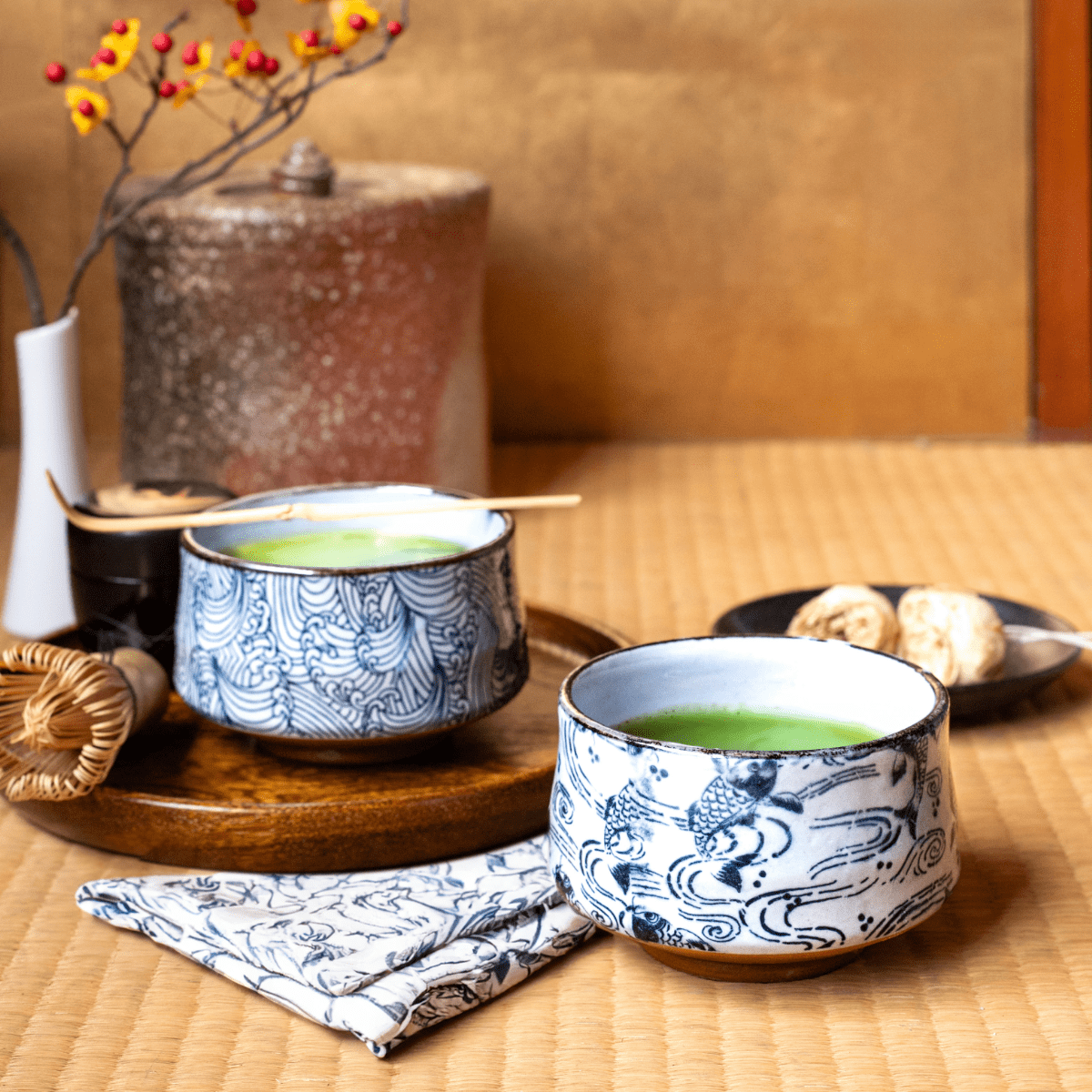
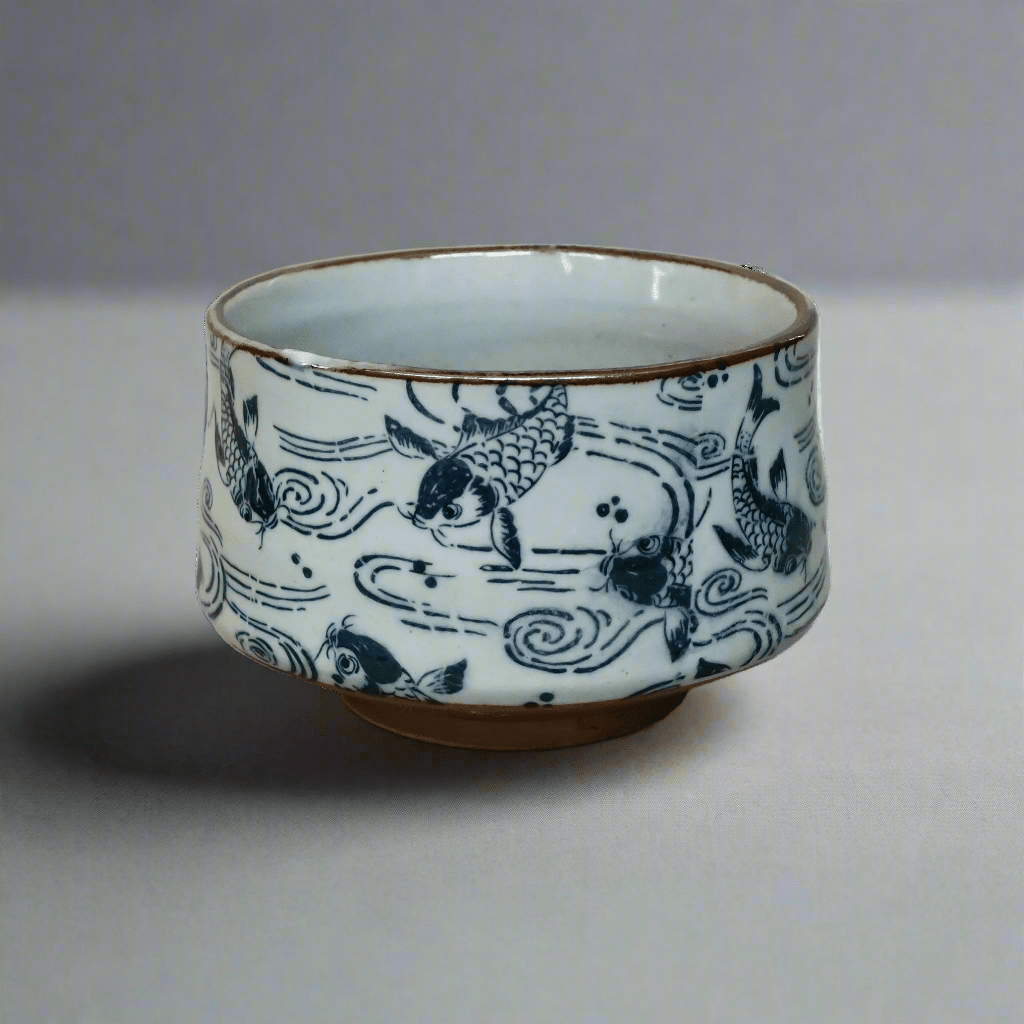
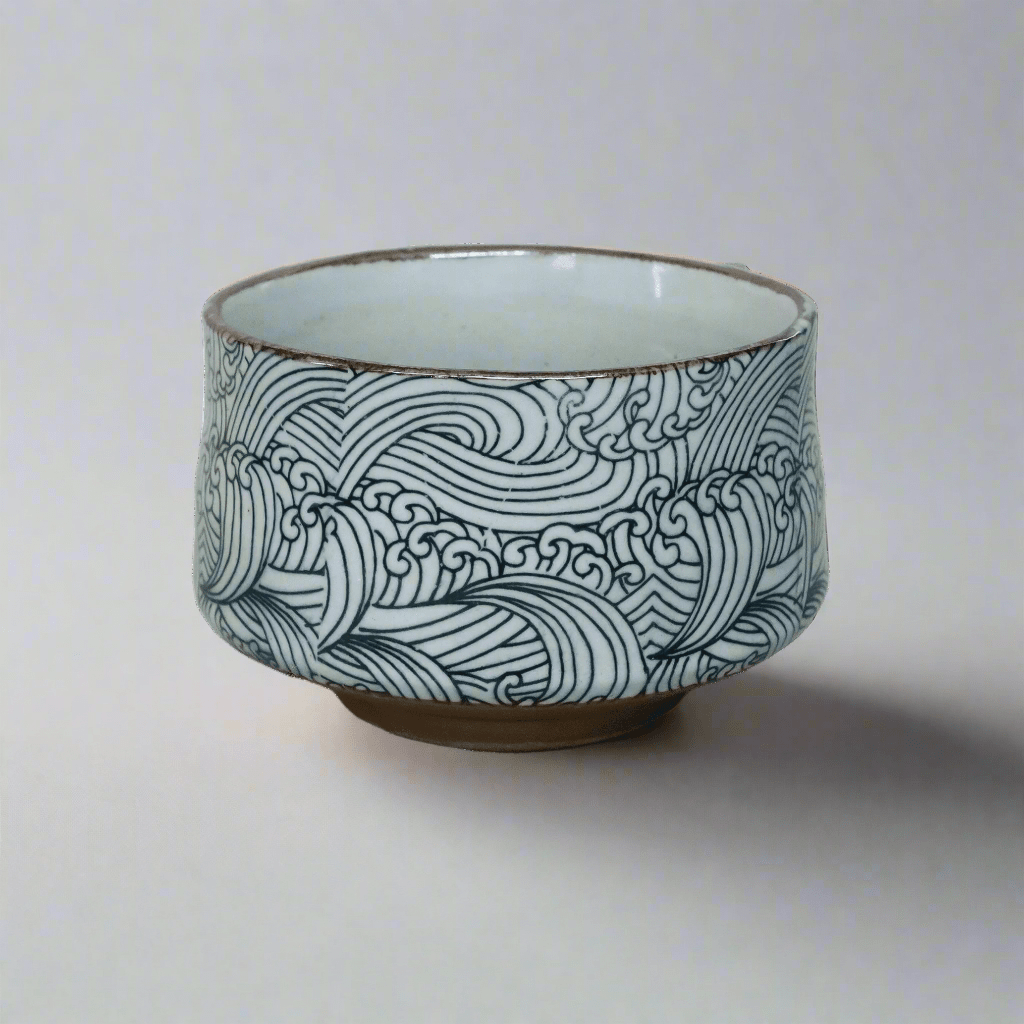
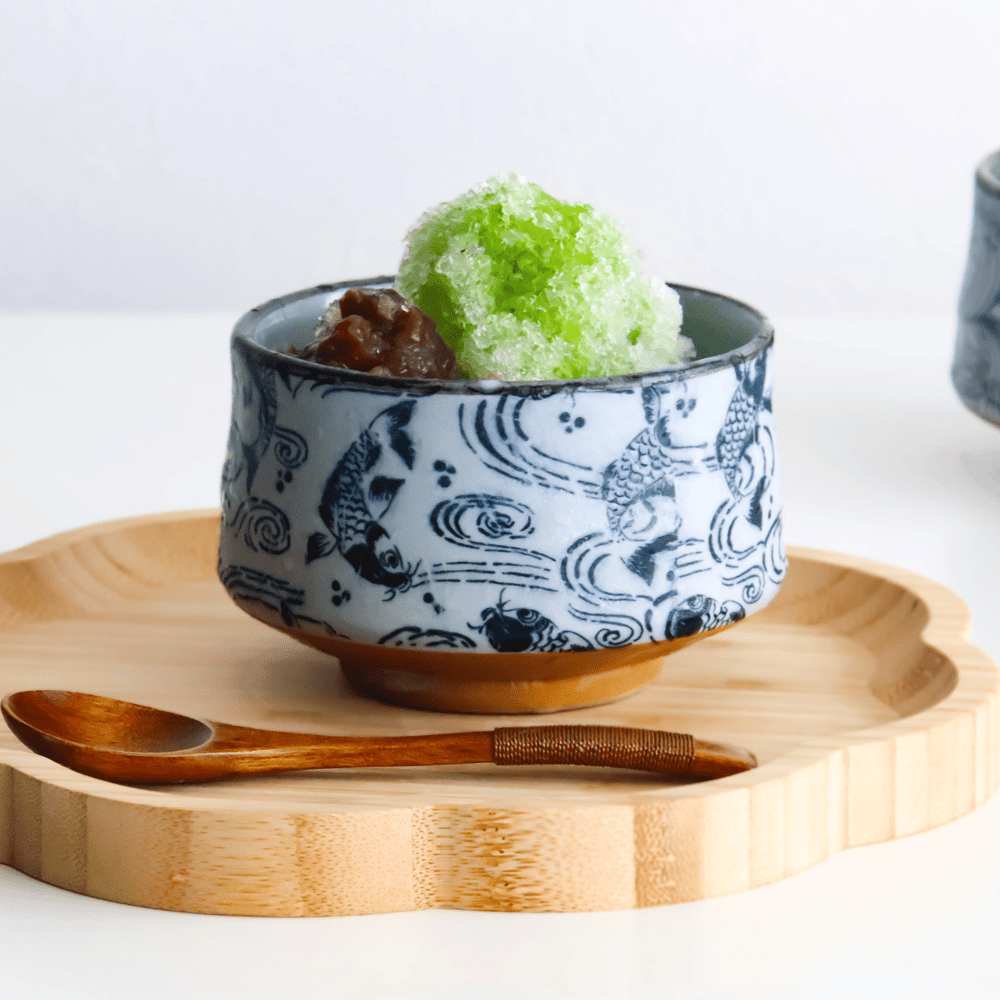
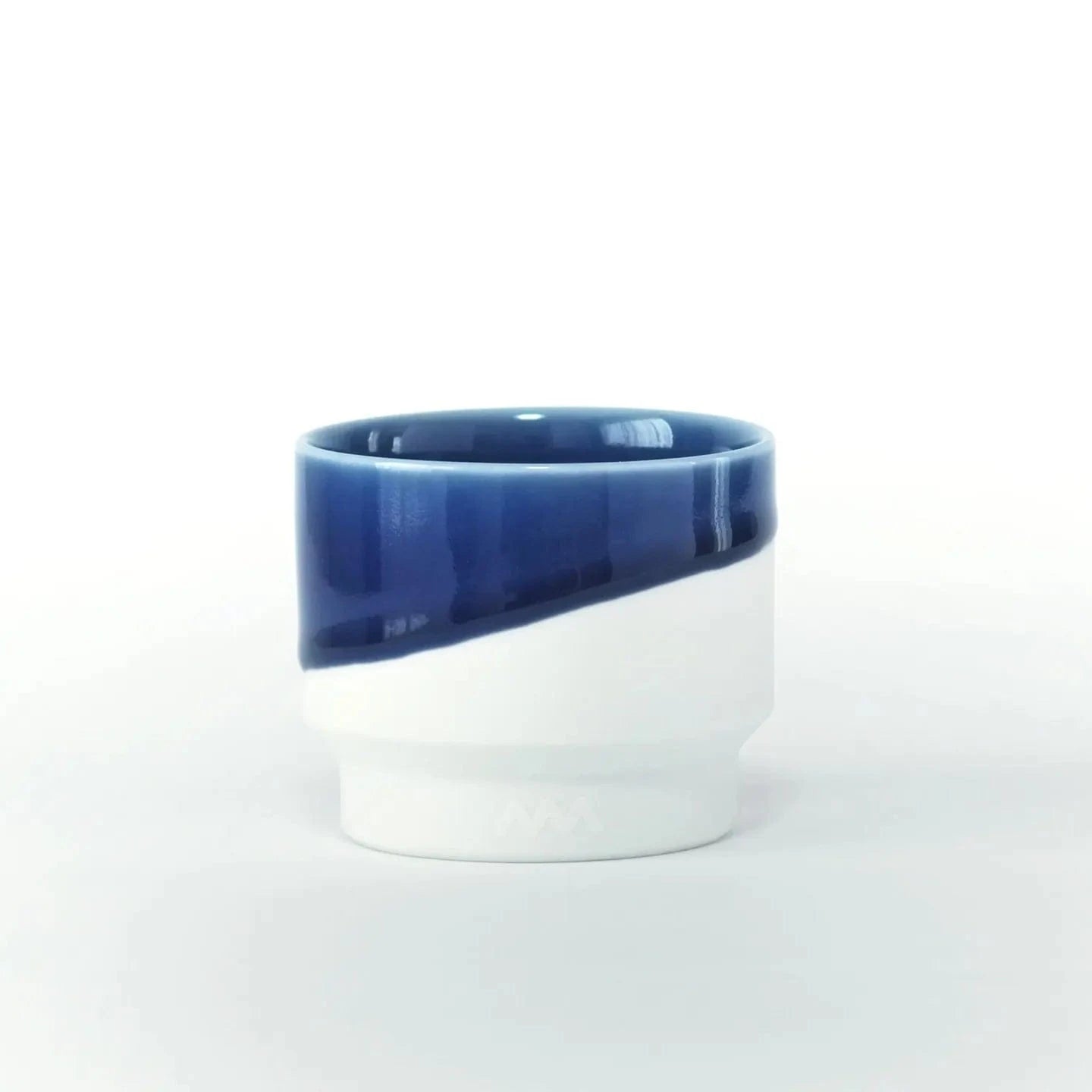
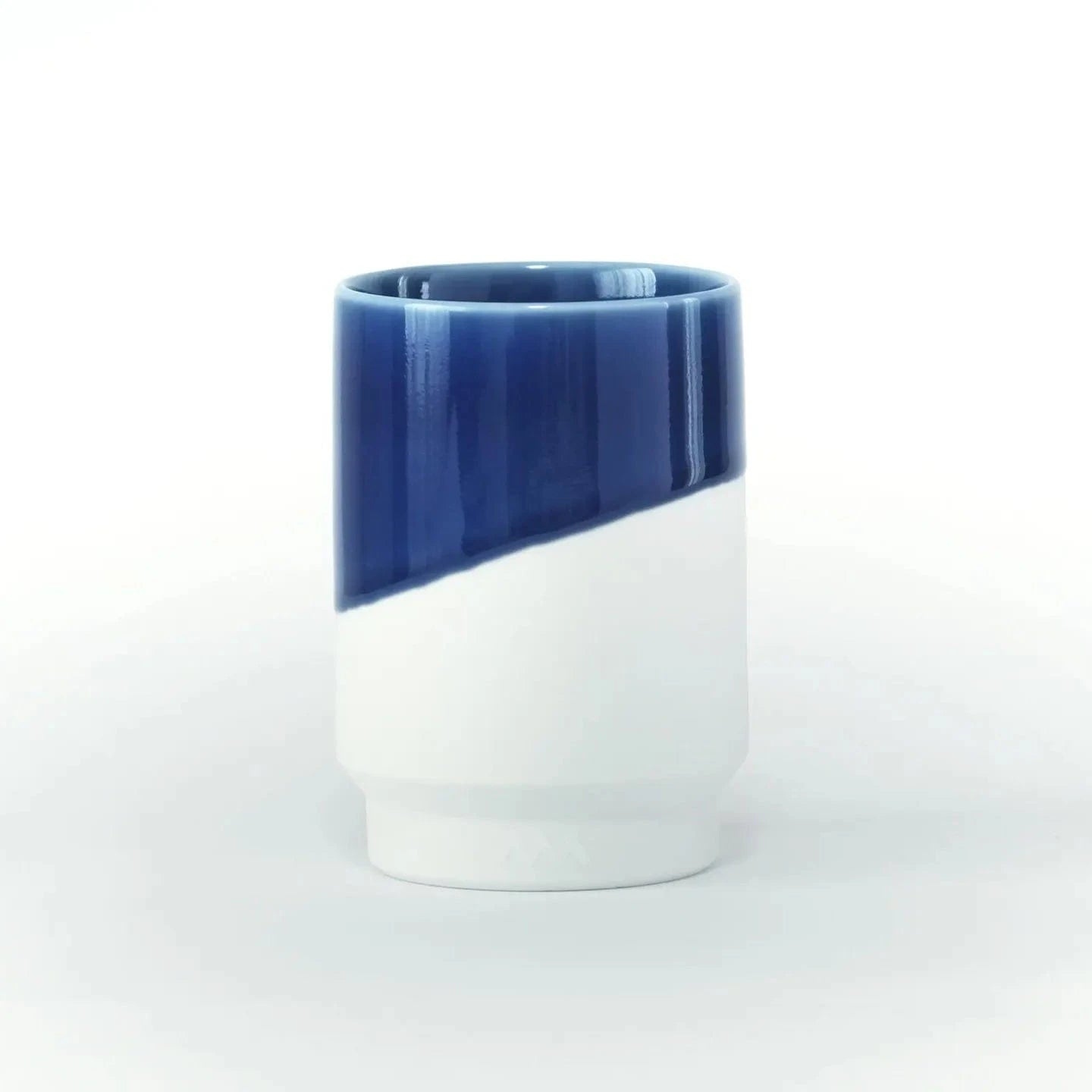
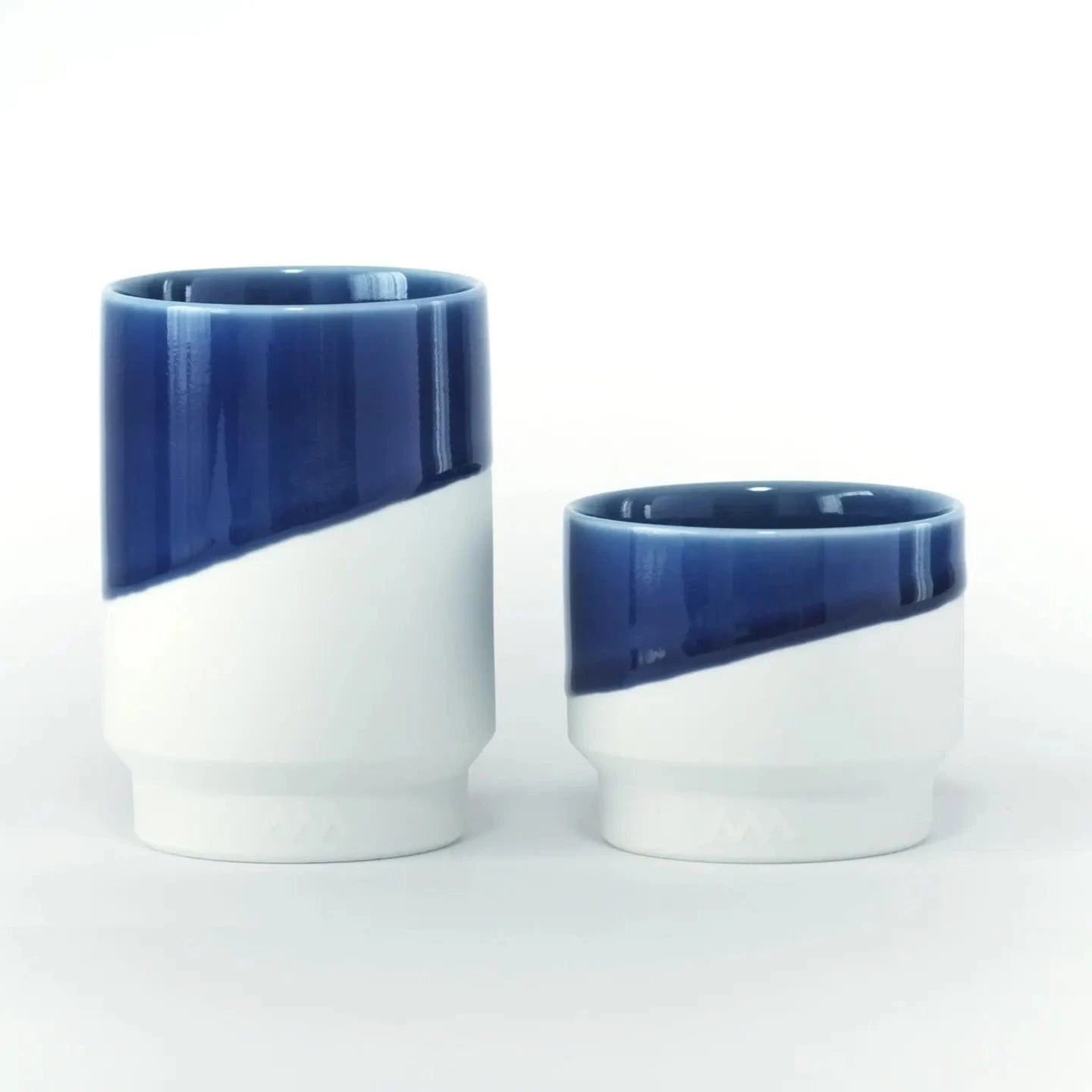
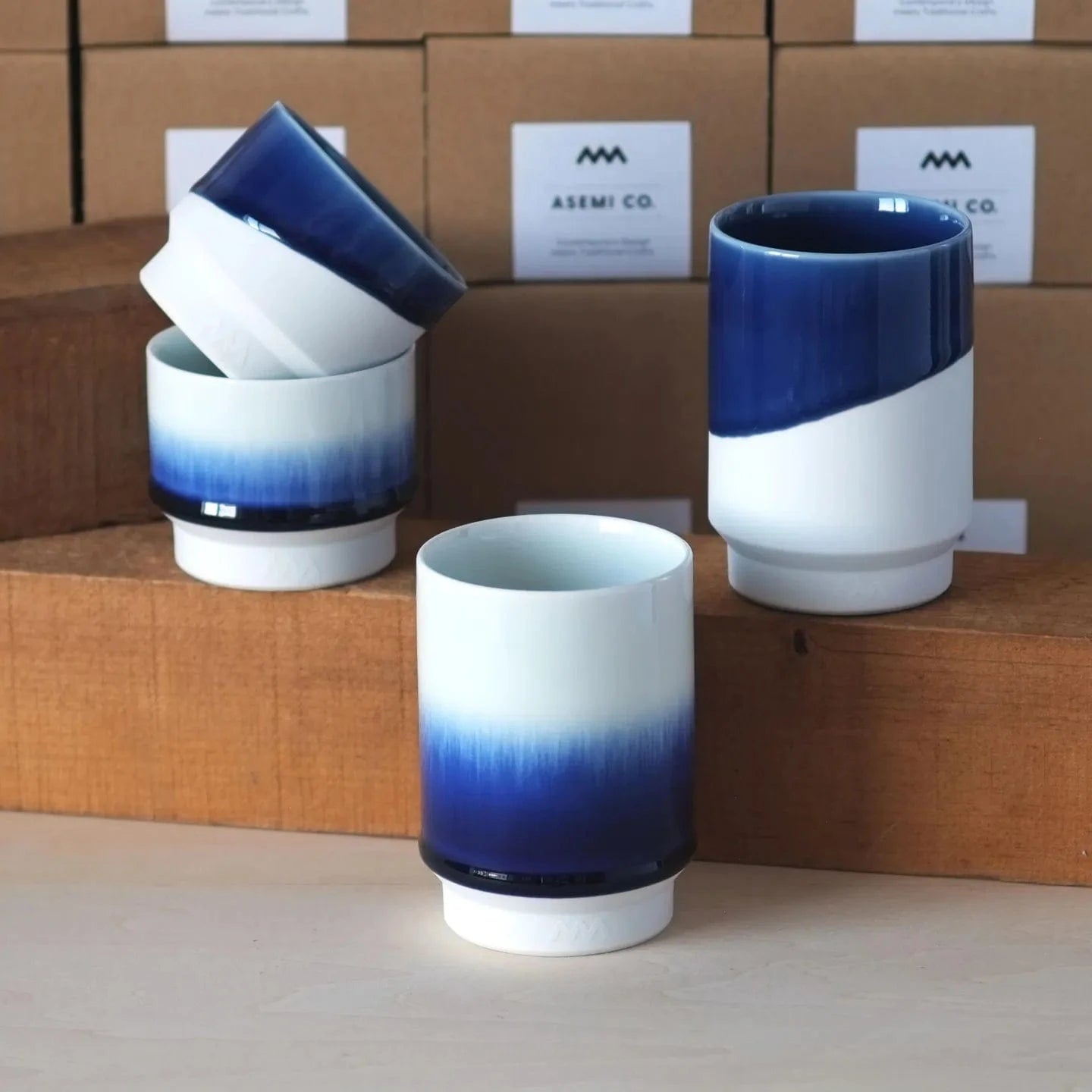
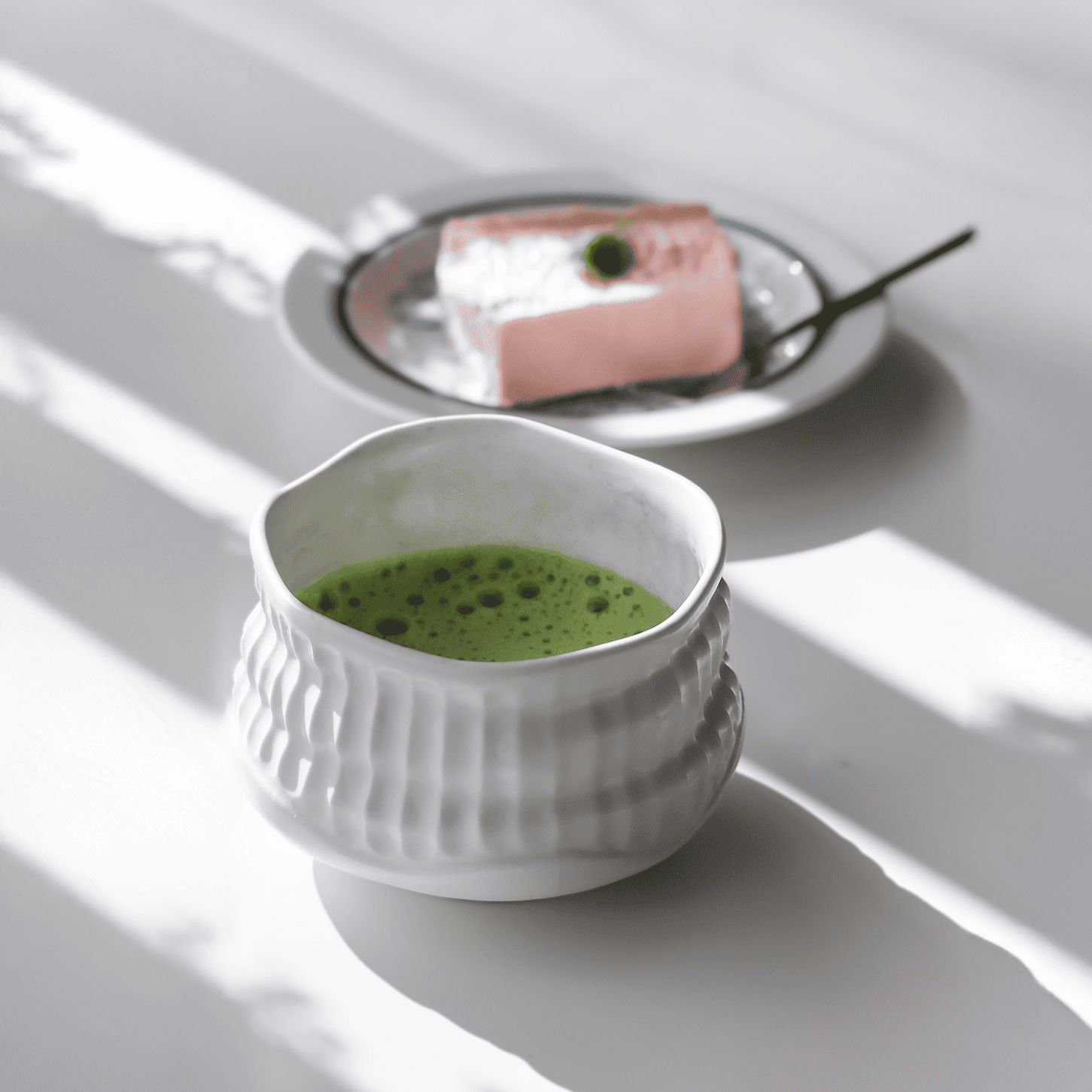
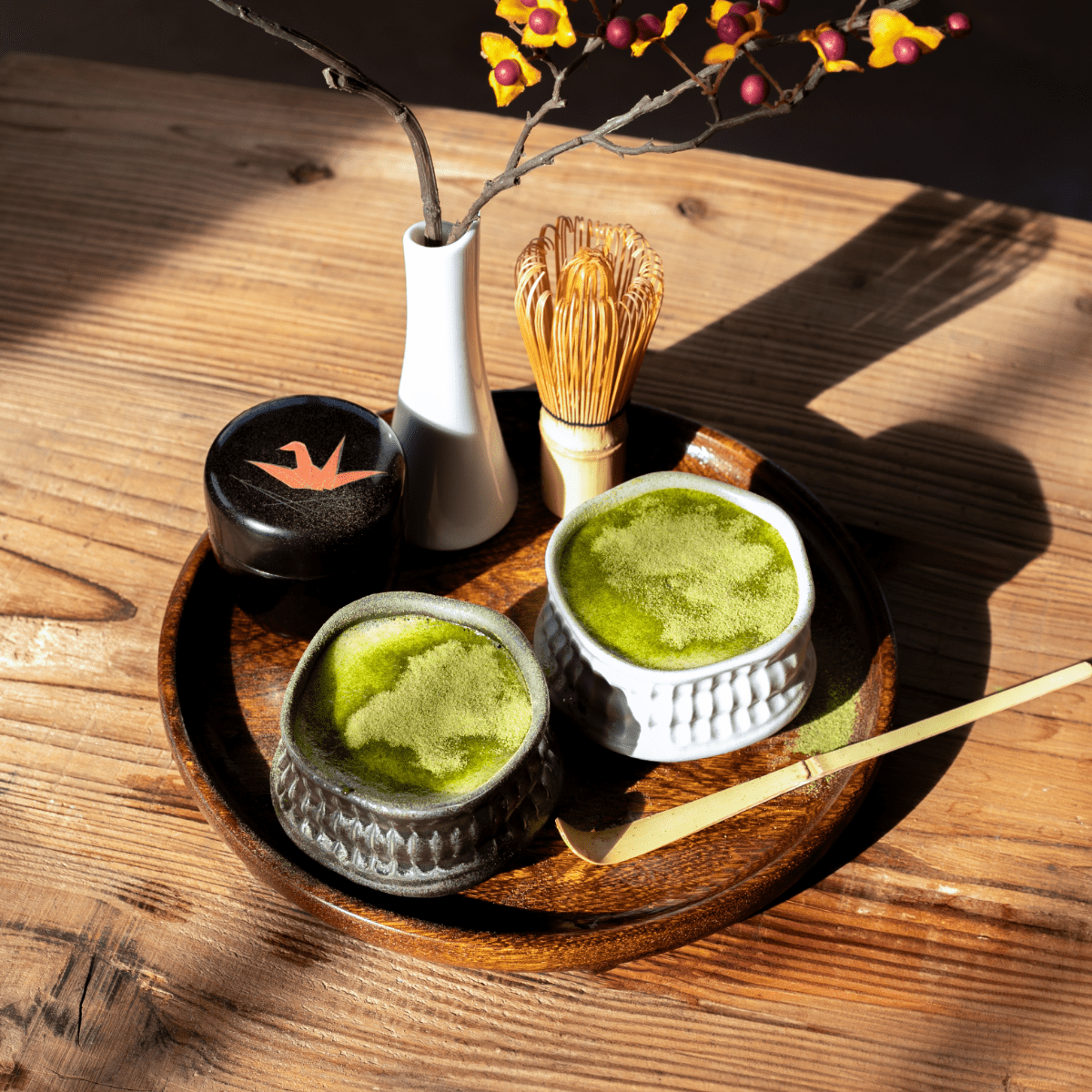
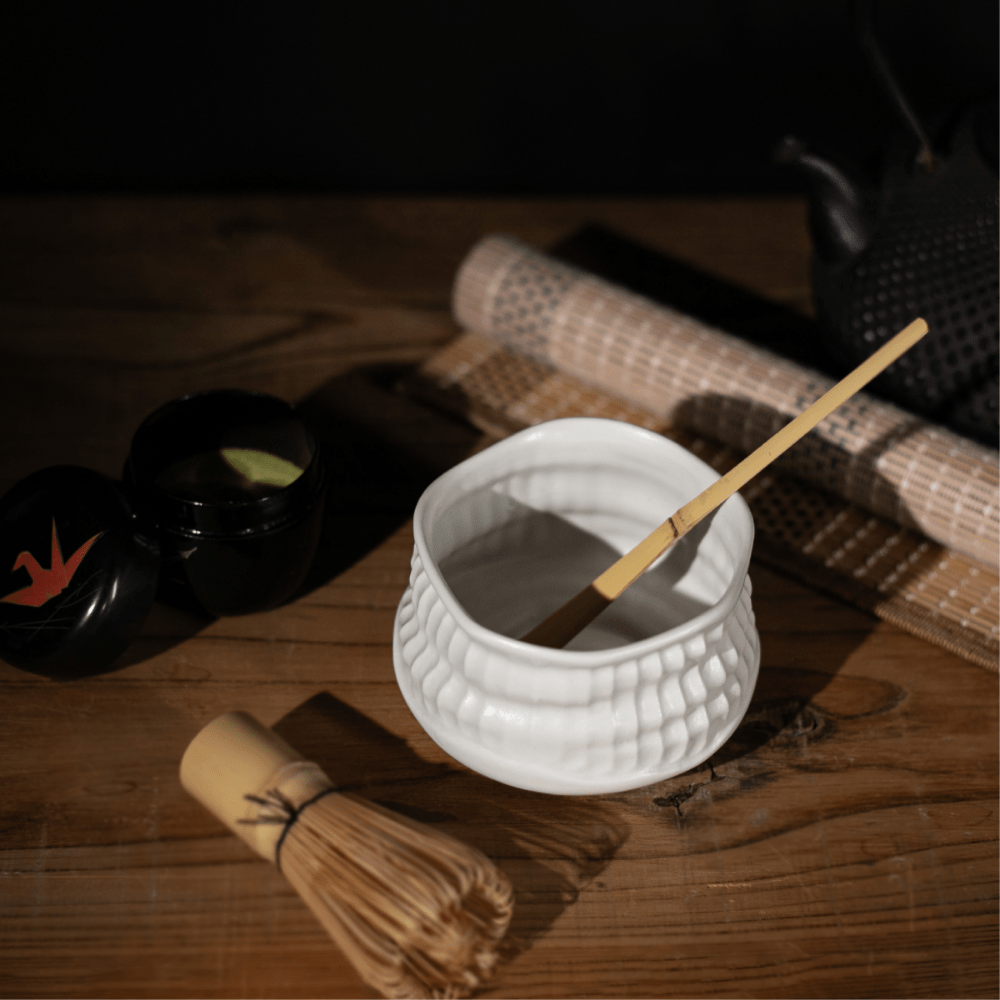
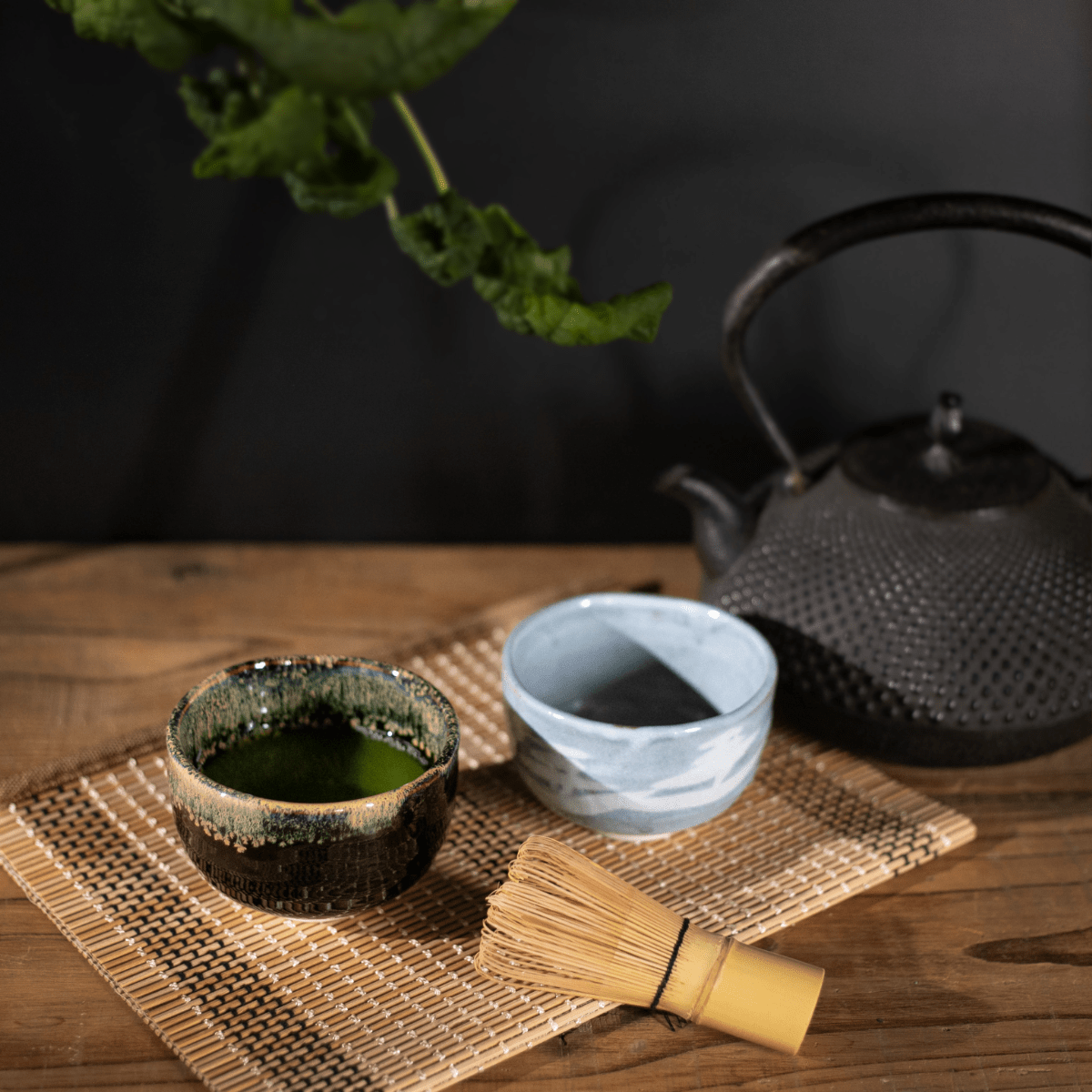
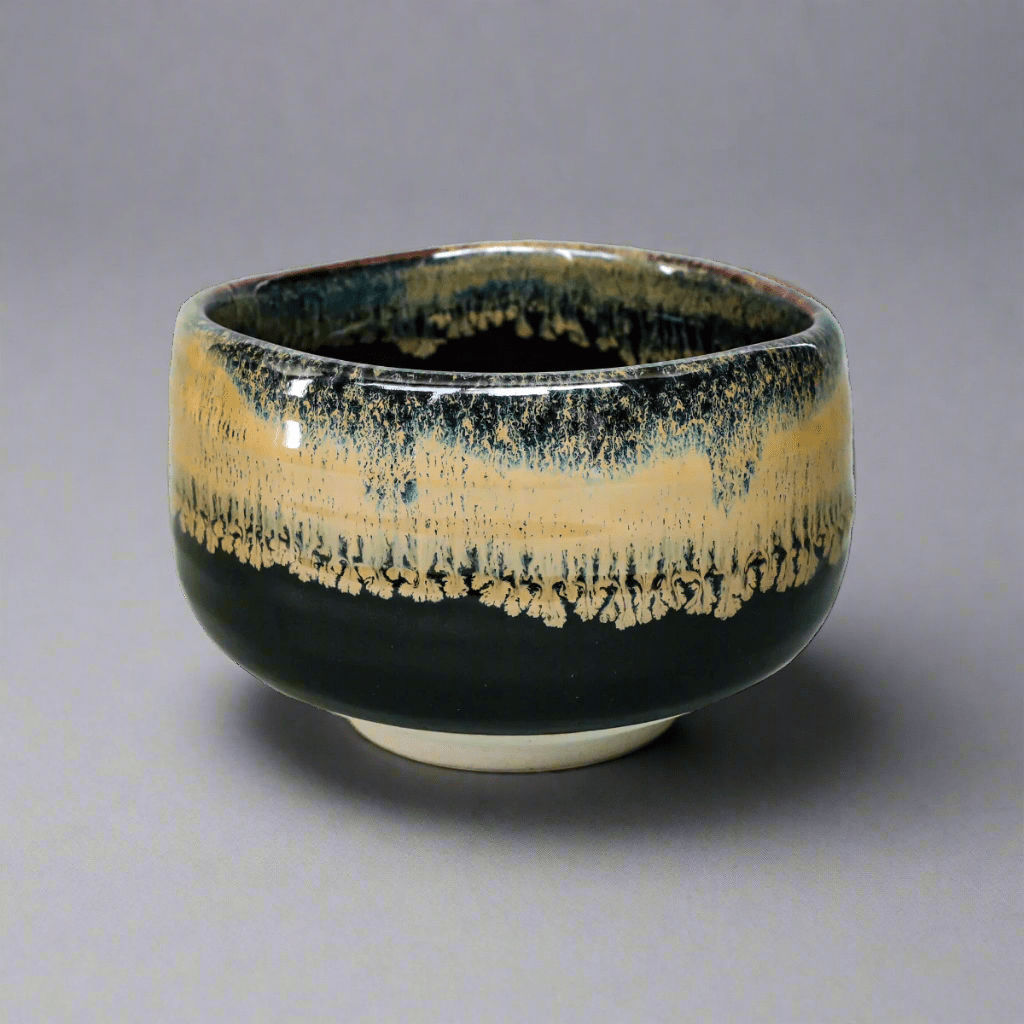
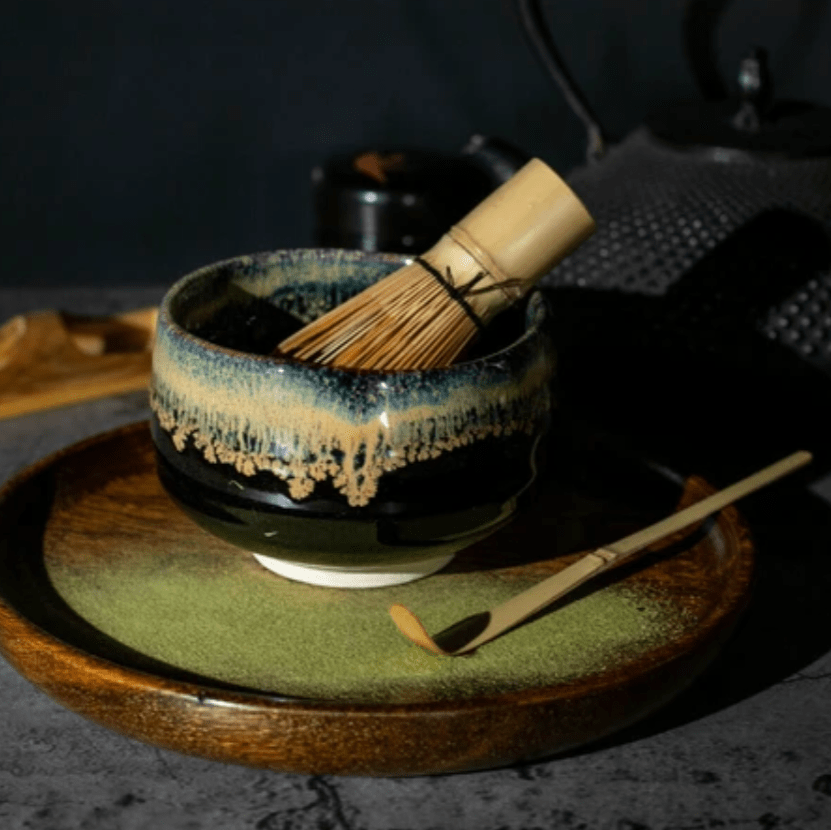

Share: